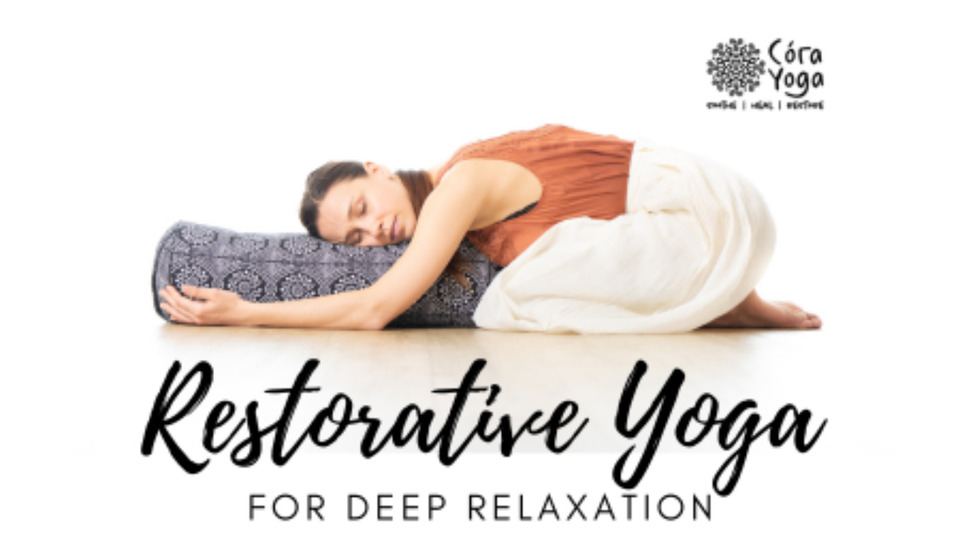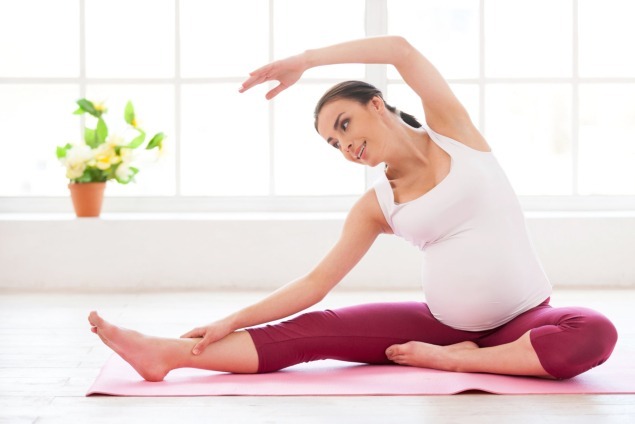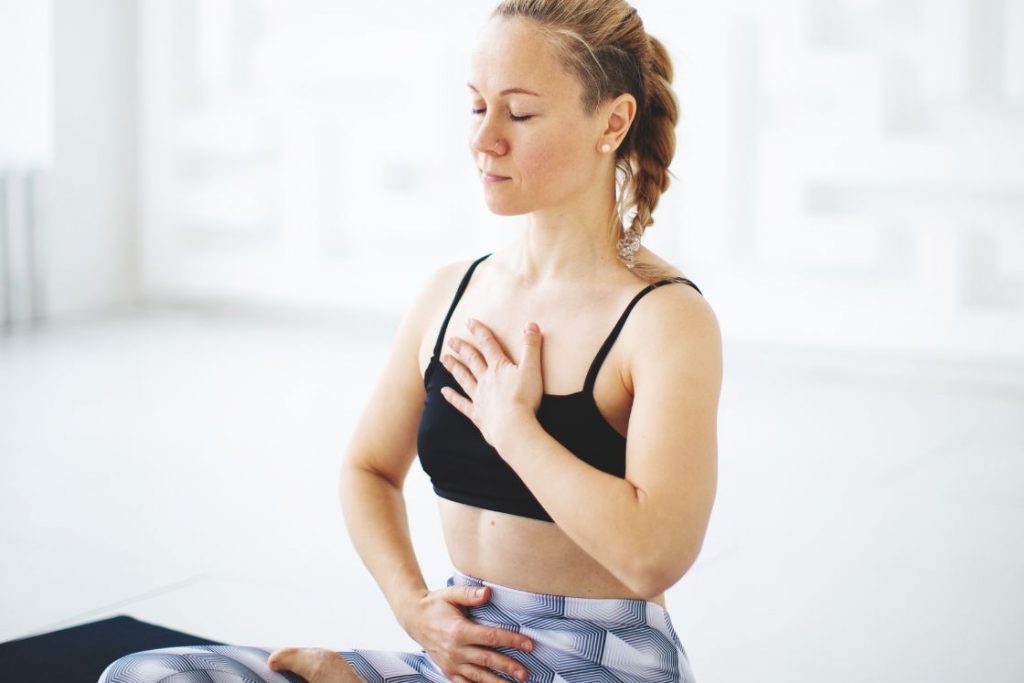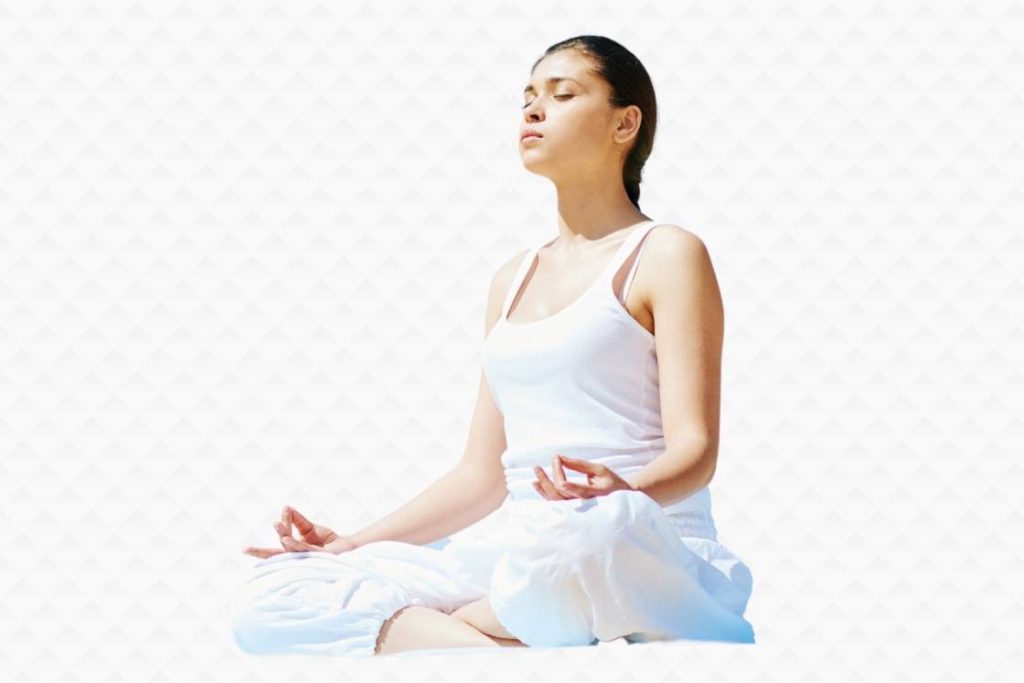Shivakti Tantra Yoga
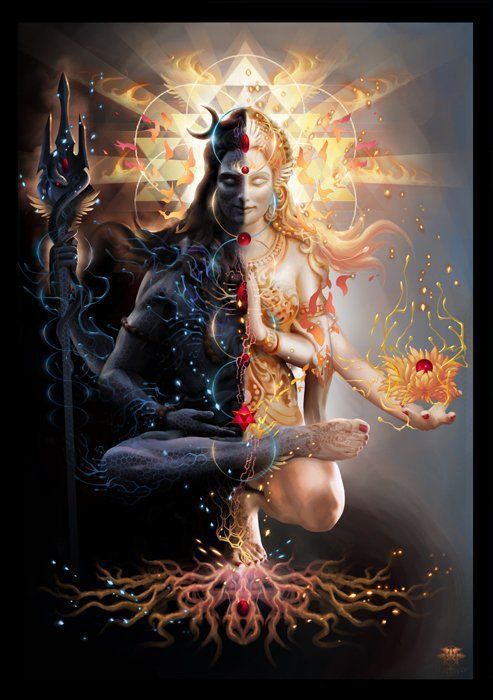
“Namaste, I want to once again express my deepest gratitude for your guidance to a beautiful far away space of such spiritual enlightenment. You have indeed drawn upon the vast pallet of metaphysical consciousness from the ancient world to compose a beautiful new world ritual that magically unifies all elements of its diverse origins. Through your enlightened presence and creative improvisations at each sacred enactment, this beautiful ritual appears to evolve and lyrically transition through so many memorable experiential phases. You certainly have opened the door to a magical world beyond. I would be so deeply honored to be invited to explore further…” :RA
“Shall Time’s best jewel in Time’s chest lie hid – or who its’ beauty shall forbid?”
Here at the Holy Love Institute of Tantra Yoga, we are on a path of devotional embodiment. We are lovers of love for the Divine, a rapturous love with God as the ocean of pure Holy Love or prem. We see the whole world as our Beloved.
“Shivakti” is the inner alchemy sacred union of Shiva & Shakti, the dance of the divine, which we aim to awaken, embody and integrate through our full range of practices. We bring awareness to breath, asana, movement and stillness. We shine the light of our own experience on the ancient sutras, teachings and transmissions, while exploring how they are relevant for us today and what is revealed through our own bodies as divine channels.
We will explore from the roots of the Tree of Yoga, Stone-age Shamanism, on up through the ages and stages of the sacred journey. We will be learning about the “Soma”, and integrate this into our understanding that all truth is found within and always has been. We will open ourselves to be the vessels and holy instruments of Source Wisdom.
Shivakti Tantra Yoga is inspired and guided by the Saiva tradition of the Tantras on the Kaula lineage left hand side, yet goes deeper into the esoteric and shamanic roots that focus on the Divine Feminine as Supreme.
Shivakti is the Union of Shiva and Shakti, that which could never be separate from the whole of itself and functions as a dynamic One, comprised of Divine Feminine and Divine Masculine Unity with its driving force that creates a complex whole of existence, or Trika(“Threefold”).
At its fundamental core it is comprised of a trinity, plus 1. 3+1. When the trinity is complete and balanced, it creates One. It is the sum whole of the Divine Union of Holy Love, Fullness, or Purna.
You can split Purna into as many pieces and fractals as you can compartmentalize, yet Purna, IS fullness and completeness; this holiness ALWAYS still remains. This holiness can never be depleted, cut in half, reduced, separated…none of that. This awareness, this force that encompasses both reflections – IS the observer and the observed in a complete and complex experience of itself. A reflection of all that came before, and an echo of that which will come.
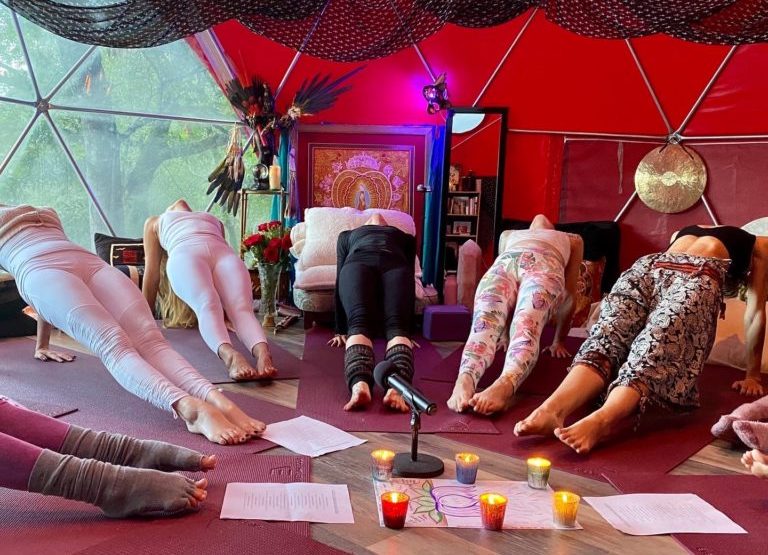
In the Shivakti Tantra Yoga asana classes, we will experience through yoga practice and discussion of the anatomical and physiological dimensions on a gross or dense level through all the various levels of existence, including the subtle body energies, chakras and dimensions. We will contemplate and experience in our own unique journey on this path how everything is interconnected at some point, creating the fullness of Shiva and Shakti right here within ourselves.
We will look into historical content, various lineages and “styles” and/or “brands” (and the ancestral lineages thereof) with a compilation of many great philosophical and sacred works throughout the ages to guide this dance. Through lecture, discussion and practice we will experience various poses originating in various lineages – with special focus (though not limited to) discourse on Patanjali, and the yoga sutras. More specifically the 8 limbs of yoga, the Yamas and Niyamas.
As may be expected in a holistic and organic garden of possibilities, Shivakti Tantra Yoga highlights these great teachings in layers of classes. Each class yields its’ special amrita of knowledge. Through Asana we will embody the teachings of those before us, the written words of the scholars, and the individual experience as reflected by the whole of the immersive intensive to contemplate the resonance of any lineage in sacred ceremony of life.
We will contemplate in our daily functions, the moment to moment and subtle layers of existence, as described by the sages and rishis who originally illuminated this path. We offer ourselves up as divine channels to be illuminated in the same ways as the original yogi & yoginis. After-all, we ARE the vessels and holy instruments of Source Wisdom.
We weave Intention, Ritual, Pranayama, Kundalini Flow Yoga, Tantra Yoga Movements, Anusara Principles of Alignment, the interplay of Dynamic Vinyasa & Passive Deep Yin Yoga, Temple Dance, Mantras, Mudras, Meditations, Ayurveda, Ecstatic Expression, deep inward reflections, Artful embodiment, Deity Yoga, Sound Healing, Vibrational toning, Loving Communication, Tantric Philosophy and more, all into the ceremonial tapestry of the eternal dance as Shiva and Shakti. May we brilliantly shine the light of Holy Love in our Divine Presence of Radiant Being.
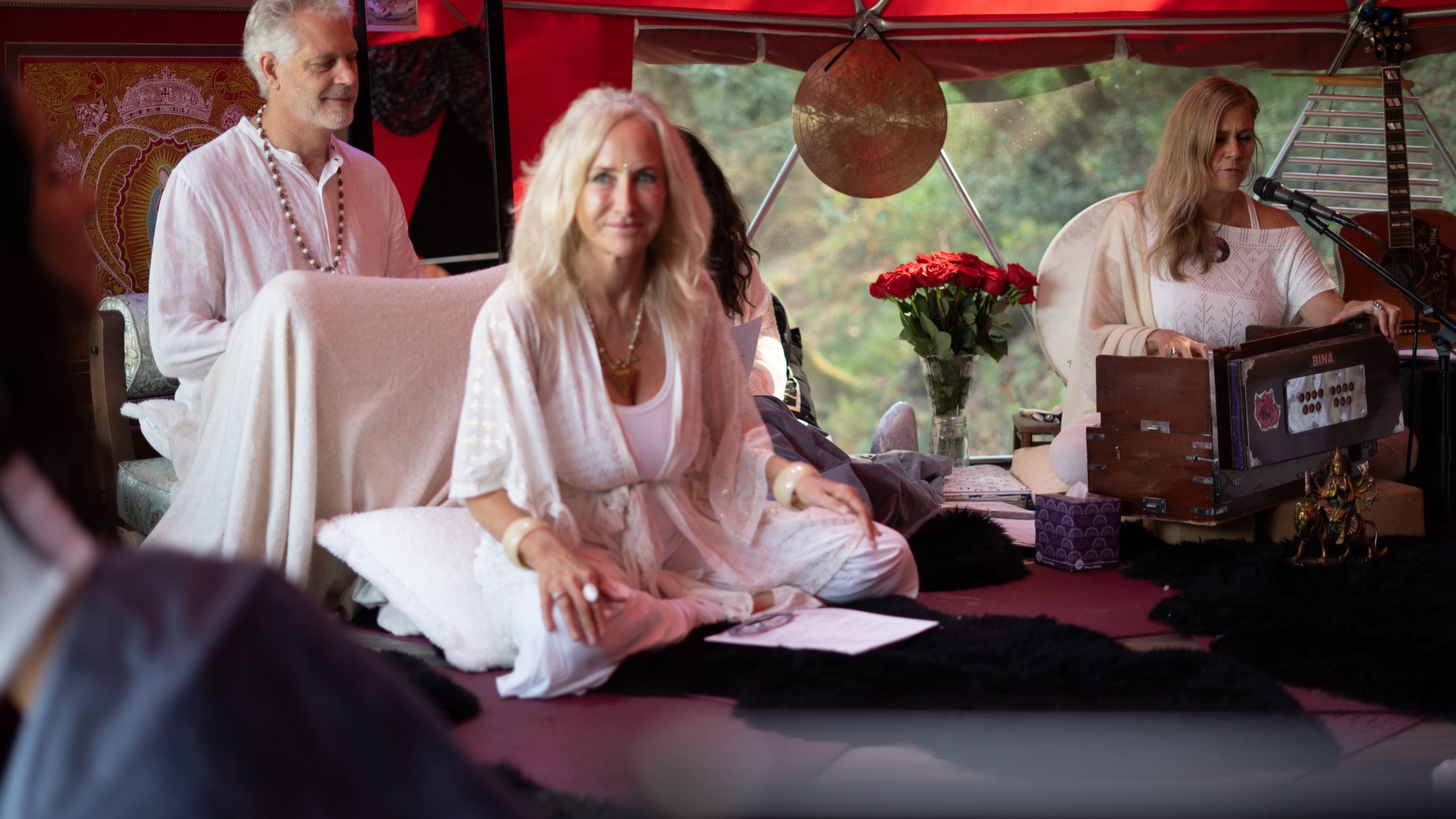 [……]
[……]

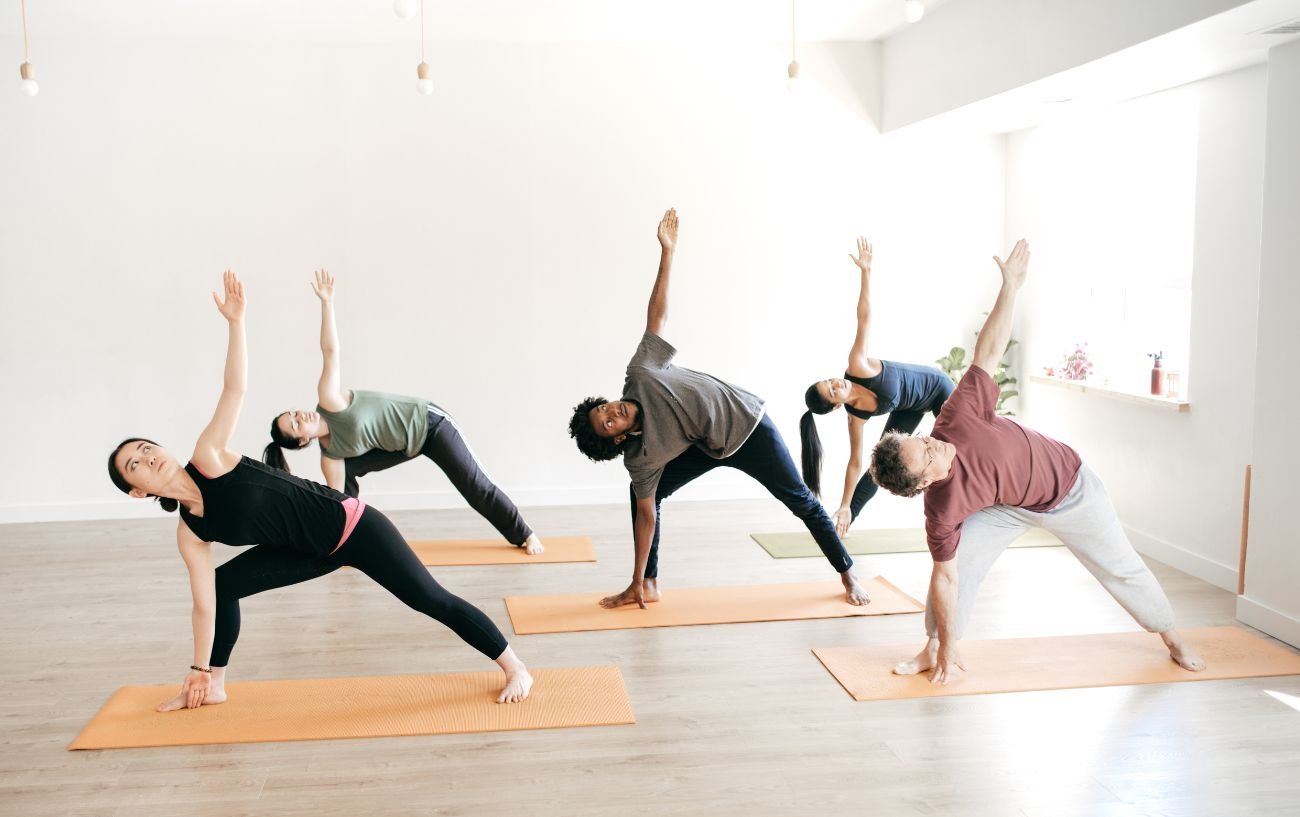
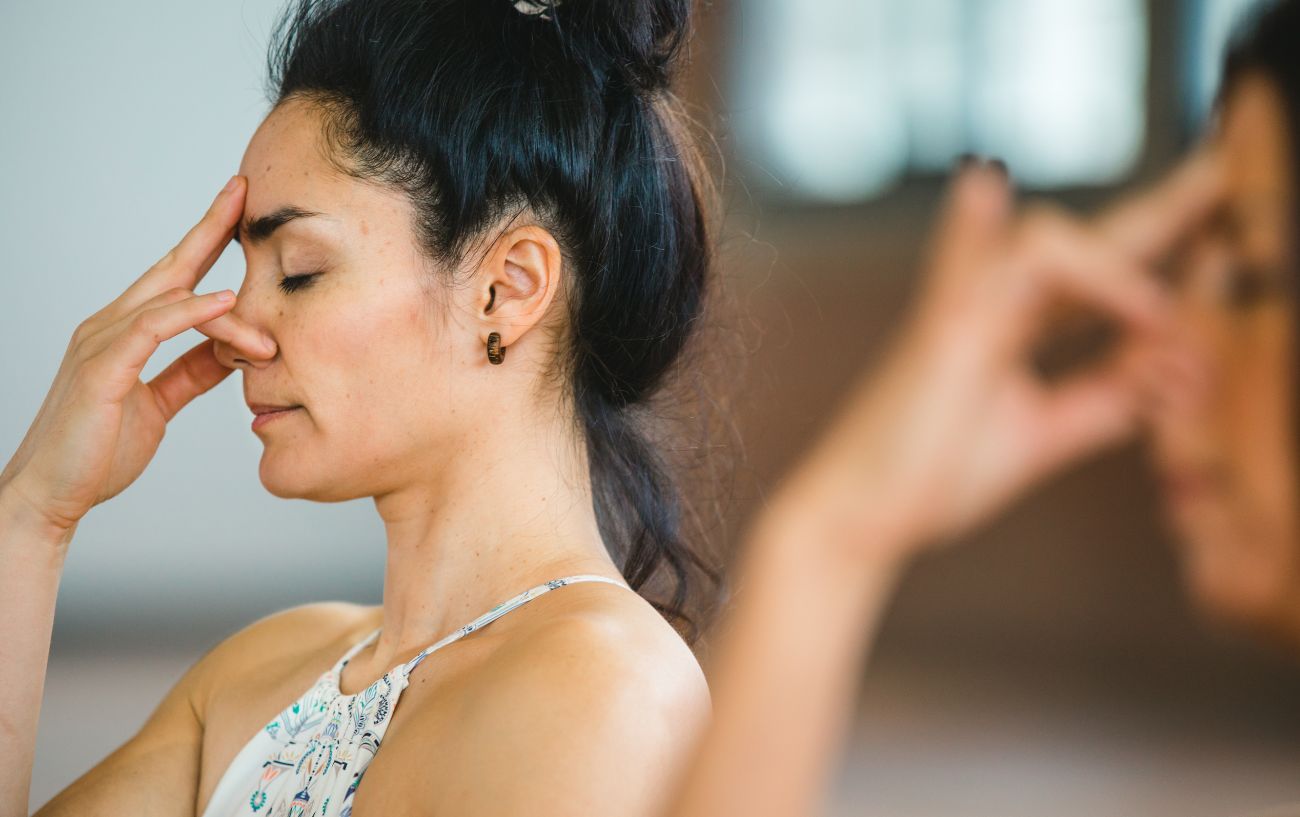
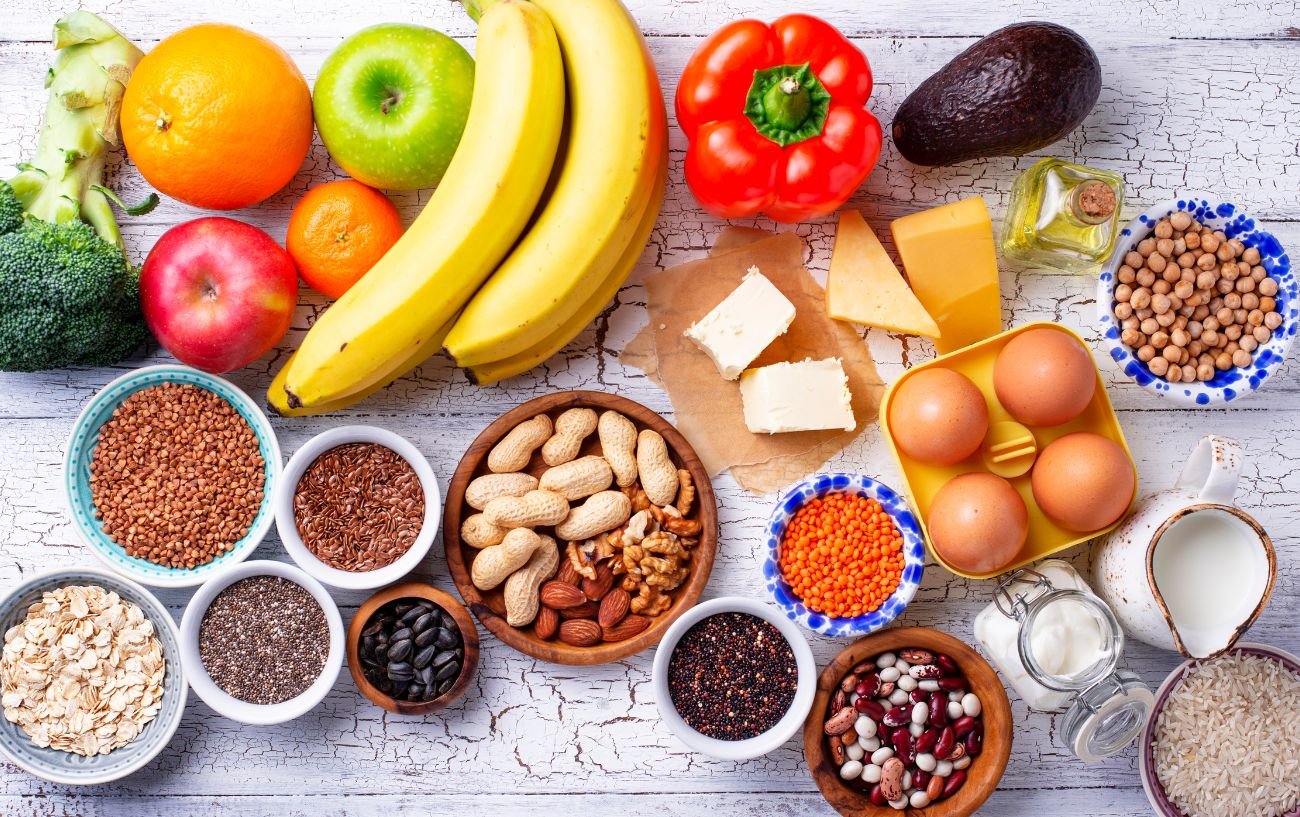 [……]
[……]